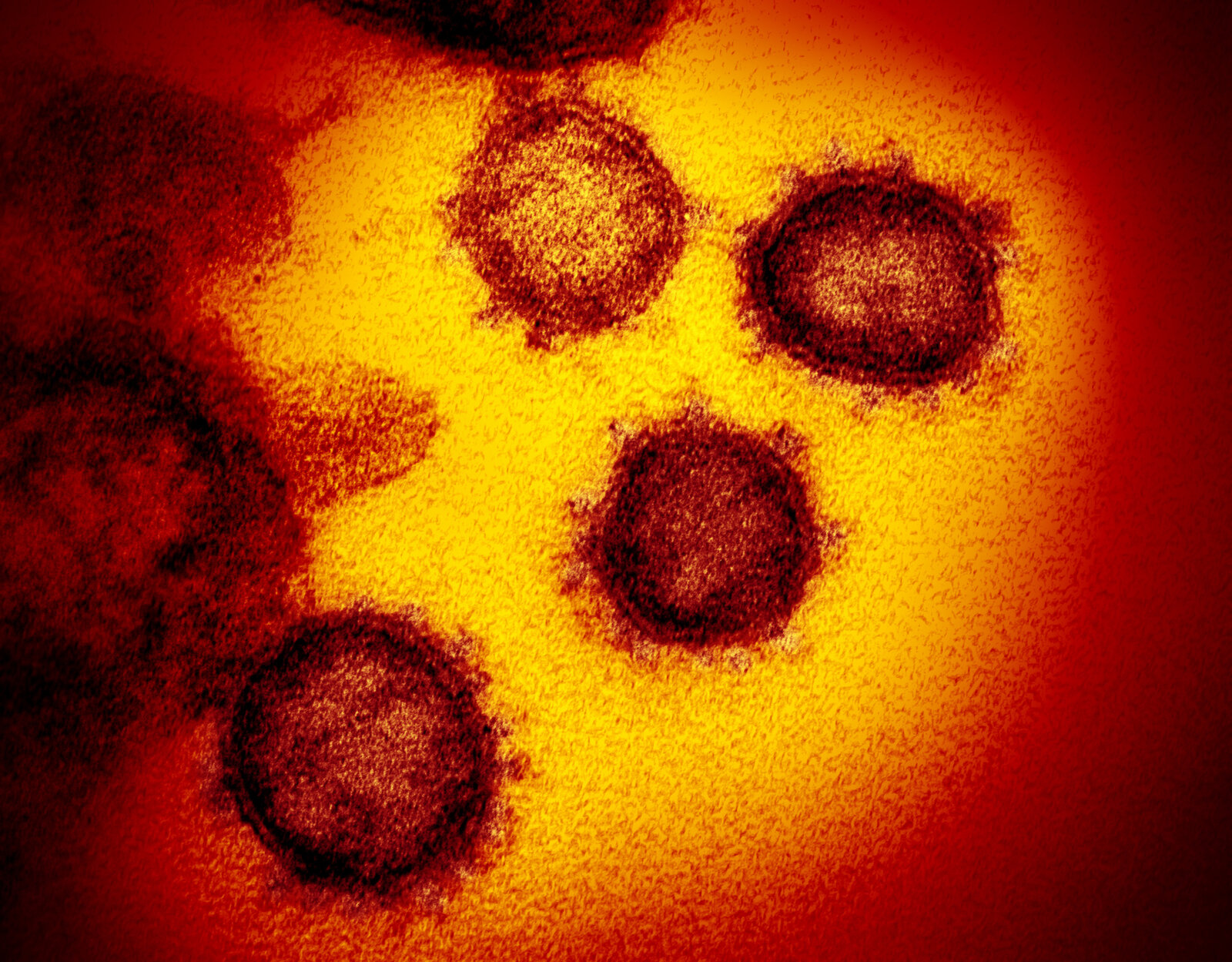
In human populations, women live longer than men. Nevertheless, the rate of aging is the same in both sexes. Demographic data from 101 mammalian species shows that the female’s median lifespan is, on average, 18.6% longer than that of males of the same species. However, the difference is very variable across species, meaning other factors need to be considered to explain this variability. In humans, the female advantage is, on average, 7.8%. For example, nine out of 10 people who live to be 110 years old are female.
Females have two X chromosomes, while males have an X and a Y. The theory is that the extra X in women has a protective effect against harmful mutations and holds true in other species. Nevertheless, the cause for females' long life is probably an interaction between environmental conditions and sex-specific genetic variations. For example, males devote more resources towards specific functions (such as mating, fighting) than females.
After all, there is hope for men; the risks of dying are not increasing more in males than females as they get older. There are no sex differences in aging rates. Although male mortality is always higher, the difference is due to local environmental conditions and sex-specific reproductive costs. Therefore, the rate of dying evens out for the genders as they age.
Read the whole article in PNAS:






